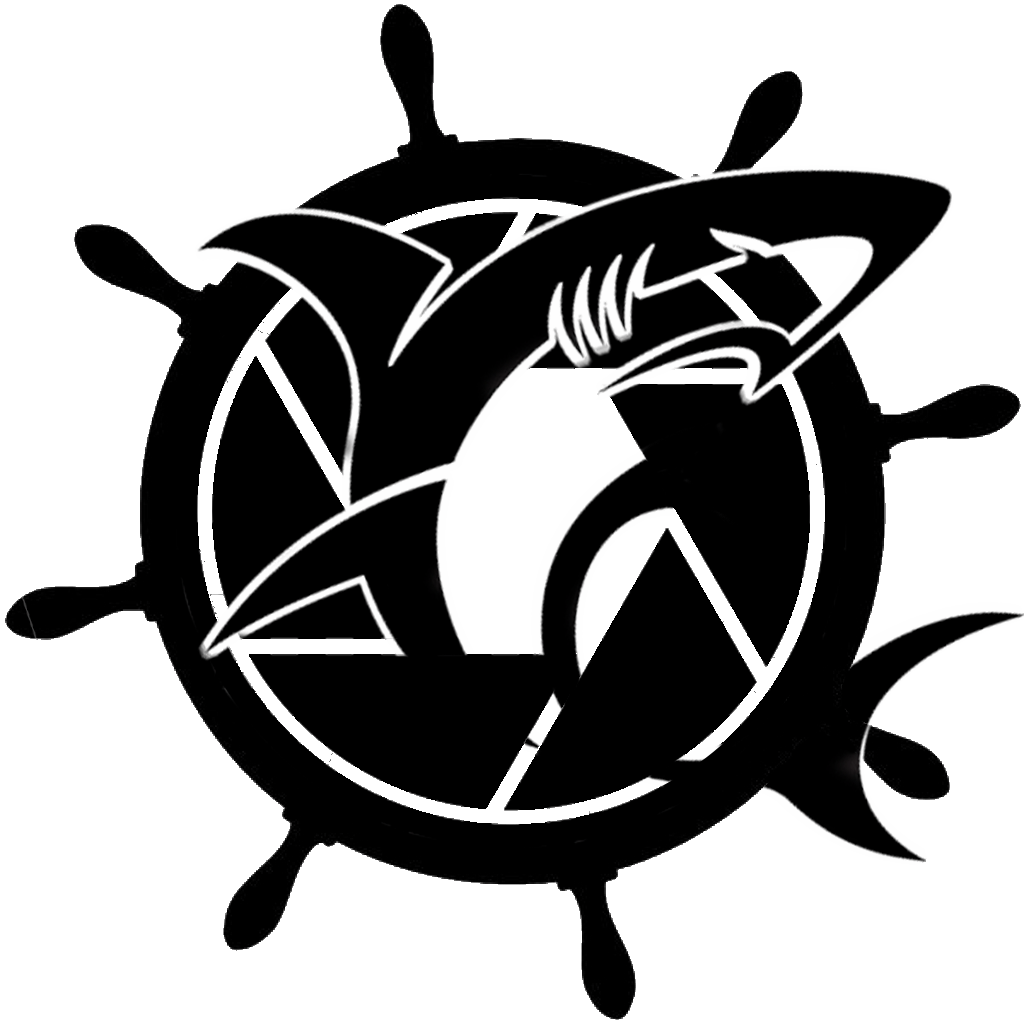Navigation Masterclass Ch.12
Landmarks and Natural Navigation
Introduction:
Welcome to our blog, where we explore the world of sailing and the fascinating art of natural navigation. As sailors, we understand the importance of landmarks in guiding us across open waters. This article will explore why landmarks are crucial for sailors and how they can enhance our navigation skills. So, prepare to set sail with us as we uncover the beauty of landmarks and natural navigation.
1. The Importance of Landmarks:
Landmarks are visual cues that help sailors identify their position and navigate a desired route. They can be natural features like lighthouses, mountains, and cliffs or artificial structures such as bridges, buoys, and even iconic buildings. Landmarks provide a sense of direction and assist in avoiding hazards and determining distances.
2. Navigation Techniques:
a) Celestial Navigation: In the absence of modern technology, sailors have historically relied on celestial navigation to find their way. By observing the sun, stars, and planets, mariners could determine their latitude and approximate position. While this technique may seem archaic today, it still holds enormous value for sailors.
b) Coastal Navigation: Sailors use landmarks to maintain a safe course when sailing close to the shoreline. By visually referencing known landmarks, sailors can avoid dangerous areas and ensure they stay on the desired path.
c) Dead Reckoning: Dead reckoning is a technique where sailors estimate their current position based on their known position, heading, speed, and time. Landmarks play a vital role in this process as they help sailors verify their calculated course and make necessary adjustments.
3. Using Landmarks as Distinct Reference Points:
Navigating with the aid of prominent landmarks provides sailors with distinct reference points to ensure they stay on course. For example, a lighthouse positioned on a headland can be easily recognized from a distance, allowing sailors to plot their bearings accurately. Similarly, a unique rock formation or a well-known building can be a reliable marker on the chart during coastal navigation.
4. Modern Technology and Landmark Navigation:
While GPS and electronic chart plotters have revolutionized navigation, incorporating landmark navigation skills is still essential. Technology may fail, and batteries may die, leaving sailors with no choice but to rely on traditional methods. You add an extra layer of safety and self-sufficiency to your sailing adventures by honing your natural navigation skills.
Conclusion:
Landmarks are visually striking and hold immense practical value for sailors. Through natural navigation techniques, we can confidently navigate the open seas, using landmarks as trusted guides along the way. So, next time you set sail, take a moment to appreciate the beauty and significance of these iconic features. Bon voyage and safe travels!
Keywords: landmarks, natural navigation, sailing, importance, navigation techniques, celestial navigation, coastal navigation, dead reckoning, reference points, modern technology
Using Landforms and Coastal Features: Navigating the Seas with Ease
Introduction
Sailing can be a thrilling and adventurous experience, but without the proper navigation techniques, even the most seasoned sailors can find themselves lost at sea. While modern technology has provided us with accurate and reliable instruments, it's essential not to overlook the tried and tested natural navigation methods. In this blog, we'll explore how utilizing landforms and coastal features can enhance your sailing skills and help you find your way amidst the vast expanse of the ocean.
Understanding Landmarks and Their Importance
Natural and artificial landmarks play a crucial role in guiding sailors across the water. They provide geographic references that allow sailors to determine their position and gauge their progress. Identifying landmarks can be as simple as recognizing distinct shapes or formations on the coastline. Prominent features like cliffs, rock formations, lighthouses, and even unique buildings can be used as valuable reference points while navigating.
Harnessing the Power of Landforms
The shape of the land can be equally valuable when it comes to navigation. Understanding landforms and their relation to the surrounding coastlines can help sailors chart their course more accurately. Here are a few crucial landforms that sailors should familiarize themselves with:
1. Headlands: These prominent formations extend into the sea and are easily recognizable from a distance. They act as natural markers, often with distinct shapes that help sailors determine their position relative to them.
2. Bays and Coves: These indentations on the coastline can provide sheltered areas for anchoring or navigating around hazardous stretches of water. Their unique shapes and varying density of shoreline development can help sailors identify them from afar.
3. Estuaries and Inlets: These natural formations form when rivers or streams meet the sea, and they often offer sailors safe navigational routes and areas with calmer waters. Identifying the twists and turns of these waterways can aid in plotting a course.
4. Islands: Small or large islands serve as tangible markers in the middle of the open sea. Recognizing their shape, size, and relation to the nearby coastline can assist sailors in locating their position and planning their trajectory.
Putting Coastal Features to Use
Coastal features, such as beaches, cliffs, and sandbars, can also be instrumental in navigation. These distinct features allow sailors to pinpoint their position and avoid potential hazards. By observing the colour and texture of the coastline, sailors can differentiate between rocky shores and sandy beaches. Changes in water colour or breaking wave patterns can often identify shallow sandbars or reefs.
Conclusion
While modern technology has revolutionized navigation, it's important not to rely solely on it. Understanding and utilizing the natural features of the coastline can enhance your sailing experience and provide an additional layer of knowledge and skill. By recognizing landmarks, landforms, and coastal features, you can confidently navigate the open waters and experience the true joy of sailing. So, next time you set sail, remember to embrace the wisdom of the ages and let the beauty of the landforms guide you to your destination.
